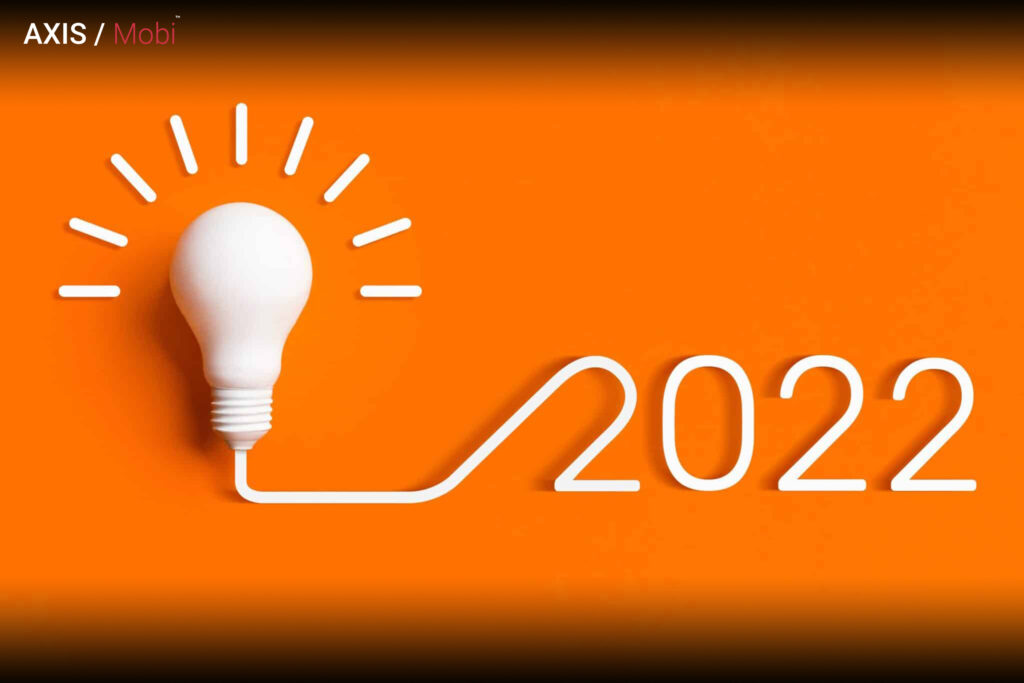As COVID-19 remains in most countries, digital and e-commerce sales accelerate, and Google moves toward ending support for third-party cookies in 2023, 2022 will be a critical year for marketers. This is causing marketers to reconsider their first-party data strategies to ensure addressability for the foreseeable future.
Regardless of the uncertainties, it is clear that privacy and testing of first-party data-driven solutions will be top priorities for marketers and agencies worldwide.
Here are seven predictions to help ANZ marketers develop a robust digital advertising strategy for 2022:
1. Addressable programmatic advertising will continue to exist in the future.

While there is no single solution for addressability, marketers will test various solutions this year, including activating their first-party data and enhanced contextual targeting solutions, to see which ones work best for their business needs.
2. First-party data will drive advertising strategies.

Marketers believe that access to first-party data will be critical in marketing in the coming years. With ongoing changes to privacy regulations and evolving addressability implications, marketers will continue to prioritise gathering as much first-party data as possible.
3. Improved contextual targeting will be a game-changer:

Contextual targeting is experiencing a renaissance due to growing privacy regulations, consumers wanting more control over their data, and its enormous potential as a future addressable solution. However, its reputation as an ineffective advertising solution persists for a good reason. Previously, contextual advertising was good at placing messages in contextually relevant environments but not so good at targeting buyers. For example, someone reading the latest NRL news may not be interested in purchasing a rugby ball.
Marketers can now upgrade traditional contextual marketing campaigns with commerce intent signals to better target customers who are more likely to make purchases and reduce ad spend inefficiencies, thanks to technological advancements and rich first-party data, which sees over US$900 billion in eCommerce sales annually (3X that of Amazon).
Marketers can now supplement traditional contextual marketing campaigns with commerce intent signals to better target customers more likely to buy and reduce ad spend inefficiencies.
4. Business data will take centre stage.

The growing importance of first-party data, combined with the eCommerce boom, has resulted in a rapid increase in the use of commerce media. Commerce media is a novel approach for digital advertisers that combines large-scale commerce data and intelligence to engage consumers throughout the shopping journey, allowing marketers and media owners to drive commerce outcomes (sales, revenue, leads).
Commerce data enables marketers to reach their most valuable customers more effectively by identifying patterns of interest and purchase intent that enriches audience targeting and improves product recommendations to customers.
5. Retail media will drive point-of-purchase profitability and performance.

While retailers’ online sales have increased in the last two years, profitability remains a challenge, which is where retail media will come in. Retail media – the placement of brand-sponsored advertising on the open internet or directly in-retailer eCommerce sites and apps using first-party data. It is expected to exceed US$50 billion in global revenue this year, surpassing the revenues of media behemoths such as Netflix and YouTube. This is because retailers increasingly allow brands to reach their valuable audiences via the open internet.
In 2022, we can expect even more sophisticated solutions for brands to reach their target audiences to enter the Australian market and more data-rich retail media networks to emerge. These solutions will provide more targeting options, such as targeting in-market audiences who have recently browsed or purchased from a given category and more engaging display ad formats designed specifically for retail. More than ever, brands will require these solutions to provide a user-friendly, self-service experience, with automated features for maximum efficiency and performance and manual overrides for additional control, all tied to more granular and reliable reporting.
6. Ad-supported entertainment streaming services will continue to grow in popularity.

The world is becoming more open to video ads willing to watch ad-supported video streaming services in exchange for free content or lower subscription fees. An additional 20% are eager to share their data with advertisers. This is in business for more relevant and personalised video advertisements.
As people increasingly seek out on-demand entertainment options such as OTT and CTV, these services will take a larger share of the market away from free-to-air television. As more advertisers invest in digital video formats, ad spending will increase.
7. The growth of eCommerce will fuel the open internet.
Ecommerce sales in Australia are increasing at a rate of more than 20% year on year, with four out of every five households (nine million) purchasing goods online.
However, eCommerce is more than just making purchases. According to the Consumer Sentiment Survey, 68% of consumers use the open internet to conduct product and brand research and read informative articles and reviews before making a purchase. Consumers report spending 66 per cent of their time online on the open internet, highlighting the critical role in the customer journey.
As brands prepare for the future of addressability, 2022 will be a transformative year. Marketers should consider investing in future-proof solutions, such as incorporating first-party data into advertising strategies, contextual advertising, retail media, and video. The brands that do so will triumph.
Do you want to start planning for the future? Learn how first-party data-driven solutions such as enhanced contextual targeting and performance-driven video and OTT advertising can help you achieve your goals.





Pingback: How to Create a Strong 2022 Digital Advertising...
Pingback: DSP Platforms Best Practices: Multichannel Camp. Management